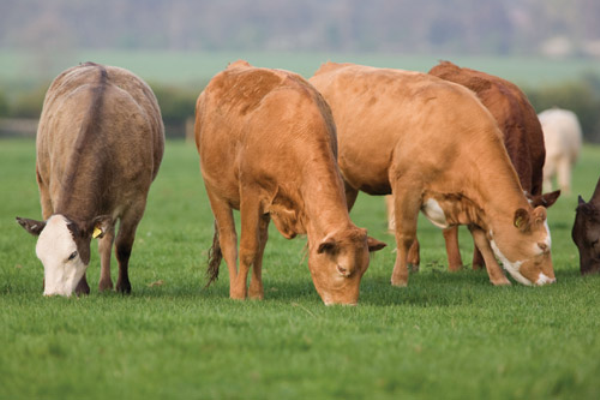Finishing Options for Beef Cattle
9 March 2023Taking cattle to finish can be one of the most expensive periods in the beef production system, with feed conversion efficiency reducing as cattle gain liveweight approaching slaughter weight. This means that cattle require a higher level of feed input in order to achieve weight gain and fat cover during finishing. The finishing period will typically begin when cattle reach around 450kg liveweight. At this point, protein demands start to decrease as cattle have already achieved most of their frame growth, and energy density of the ration can be increased to promote fat deposition. Due to its vast differences in climate and topography the UK offers a wide range of systems from fully grass and forage-based to ad lib cereal and straw-based systems and everything in between. This guide aims to aid decision making on what system may suit your farm and cattle, to optimise profitability and performance during the finishing period.
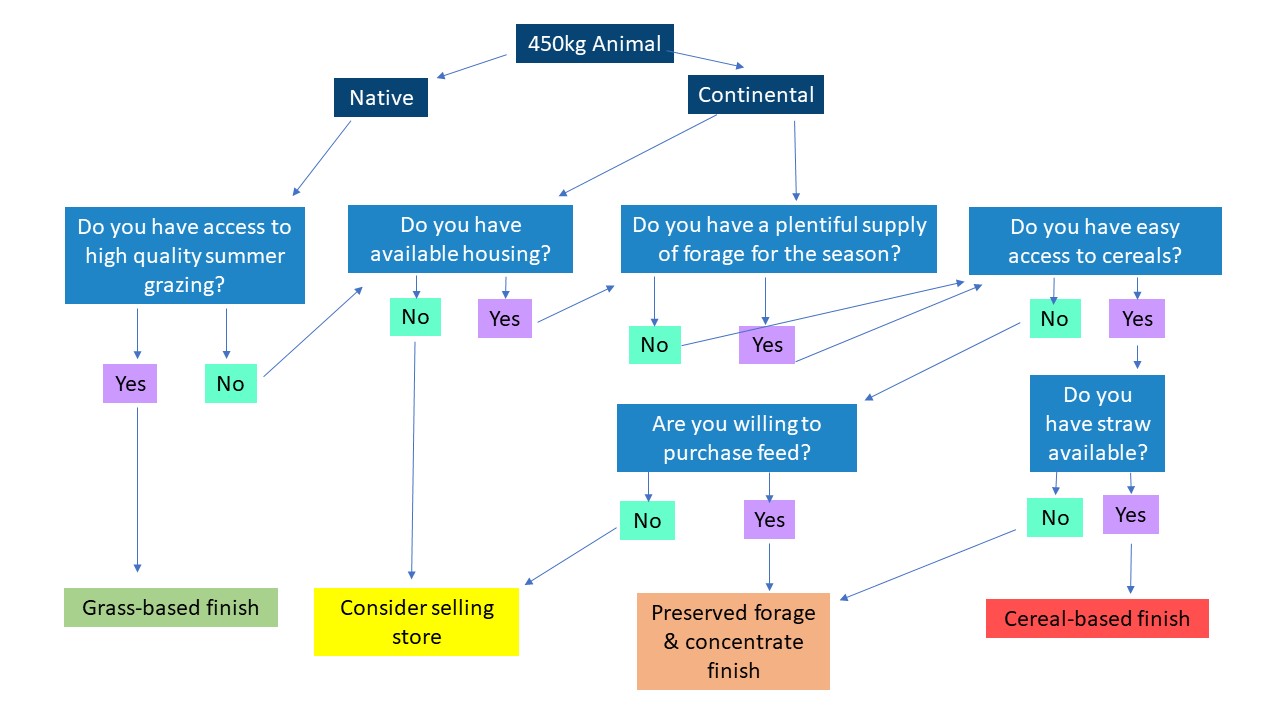
Systems

Grass-Based
Grass is the cheapest source of energy and protein available on farm. Ideally if finishing cattle on grass alone the pasture should be well-managed with a high digestibility value. Ideally the pre-grazing sward cover should be between 8-10cm at entry for maximum forage quality and dry matter intake for finishing cattle.
System: Full time grazing – grass only finish with silage/hay supplementation if grass is insufficient.
Target daily liveweight gain – >1.0kg during finish.
Breed: early to medium maturing native bred steers and heifers
Considerations:
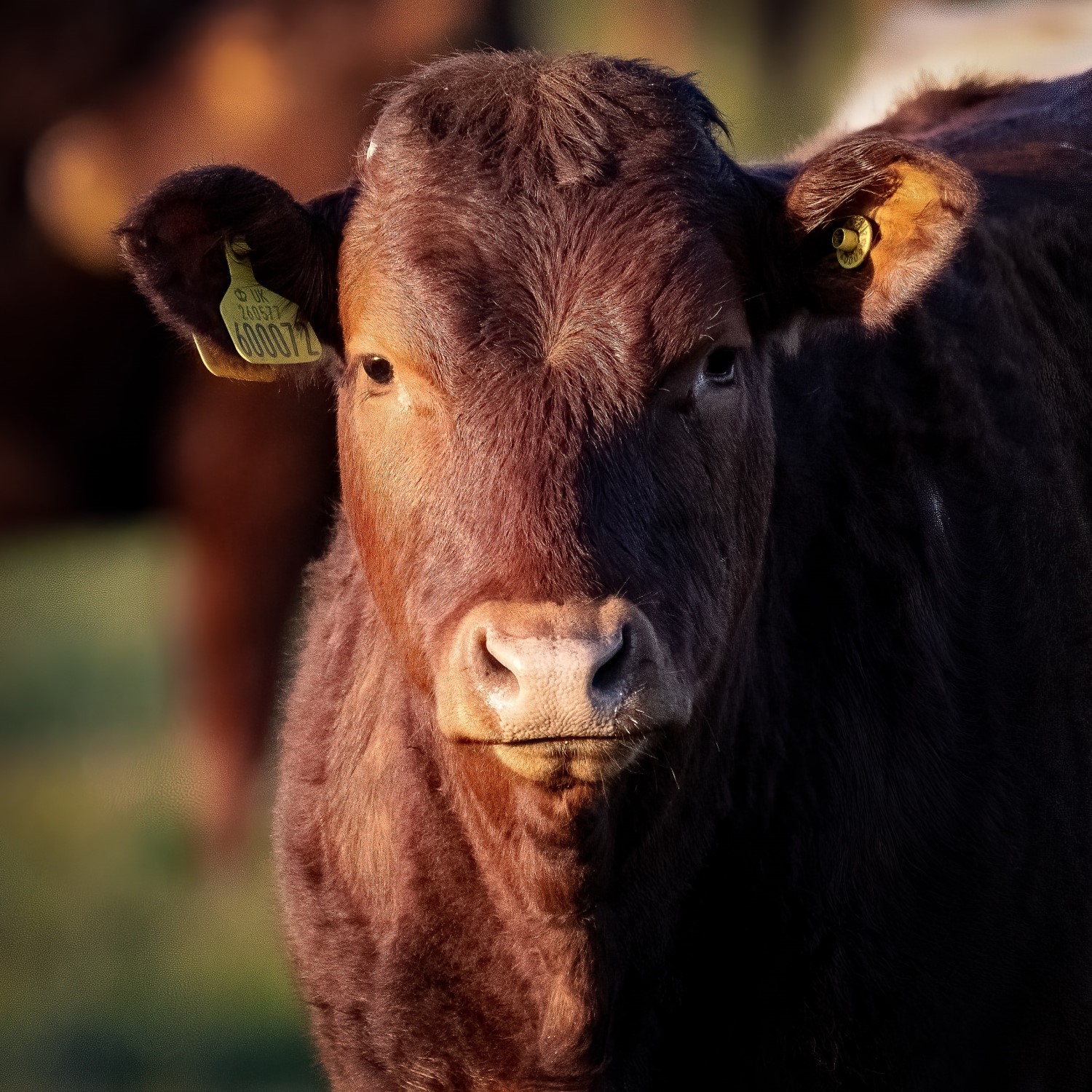
- Grass availability: grass availability and quality can vary considerably throughout the year. Minimum nutrition from grazing must be available during the finishing stage >11.5ME and >12% CP on a dry matter basis.
- Optimisation of weight gain from forage: weight gain from forage can be maximised using a number of different grazing systems and sward types such as: - multispecies swards, preserved forage supplementation, deferred grazing, rotational grazing systems, brassica mixes (kale, stubble turnips).
Preserved Forage and Concentrates
When grass is not available all year round a finishing system involving housing cattle and feeding using a mix of preserved forage such as grass silage, or wholecrops supplemented with concentrates including cereals may be considered.
System – Preserved forage with energy and protein supplementation.
Target daily liveweight gain - >1.2kg.
Breed: Early – Late maturing native and continentally bred steers and heifers.
Considerations:
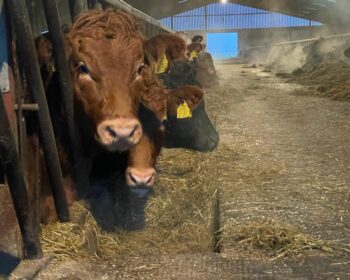
- Forage Quality: Ideally looking for a good quality forage >10.5ME with a CP of >10% DM in order to optimise forage use and reduce the cost of additional supplementation required.
- Feed Availability: Typically, around 50-60% of diet DM in finishing is met with concentrates. Options may include cereals, distillers grains, oilseed meals, beet pulp, liquid feed, moist feeds (such as draff) or bought-in concentrates. Alternative forages such as red clover or arable silage can also be used to minimise concentrate inclusion in the ration.
- Feed Space: At least 670mm/head feed space should be available for housed cattle on a forage based ration.
- Labour, Fuel & Bedding: Due to the housing of cattle, additional costs of labour, fuel, electricity and bedding must also be considered.
Cereal-Based
An ad lib cereal-based finish may be adopted for those farms with a readily available source of cereals and little forage availability. Adequate housing is also necessary. Ad lib cereal-based finishing systems are typically the most expensive method of finishing cattle but rely on achieving high daily liveweight gains to reduce time to finish.
System – ad lib cereals supplemented with protein and minerals.
Target daily liveweight gain – Steers >1.4kg and Bulls >1.6kg.
Breed: Suits a late maturing continental bred bull or steer. It can be used for native cross cattle but ideally kept to a shorter finishing period of around 8 weeks following a forage based growing period.
Considerations:
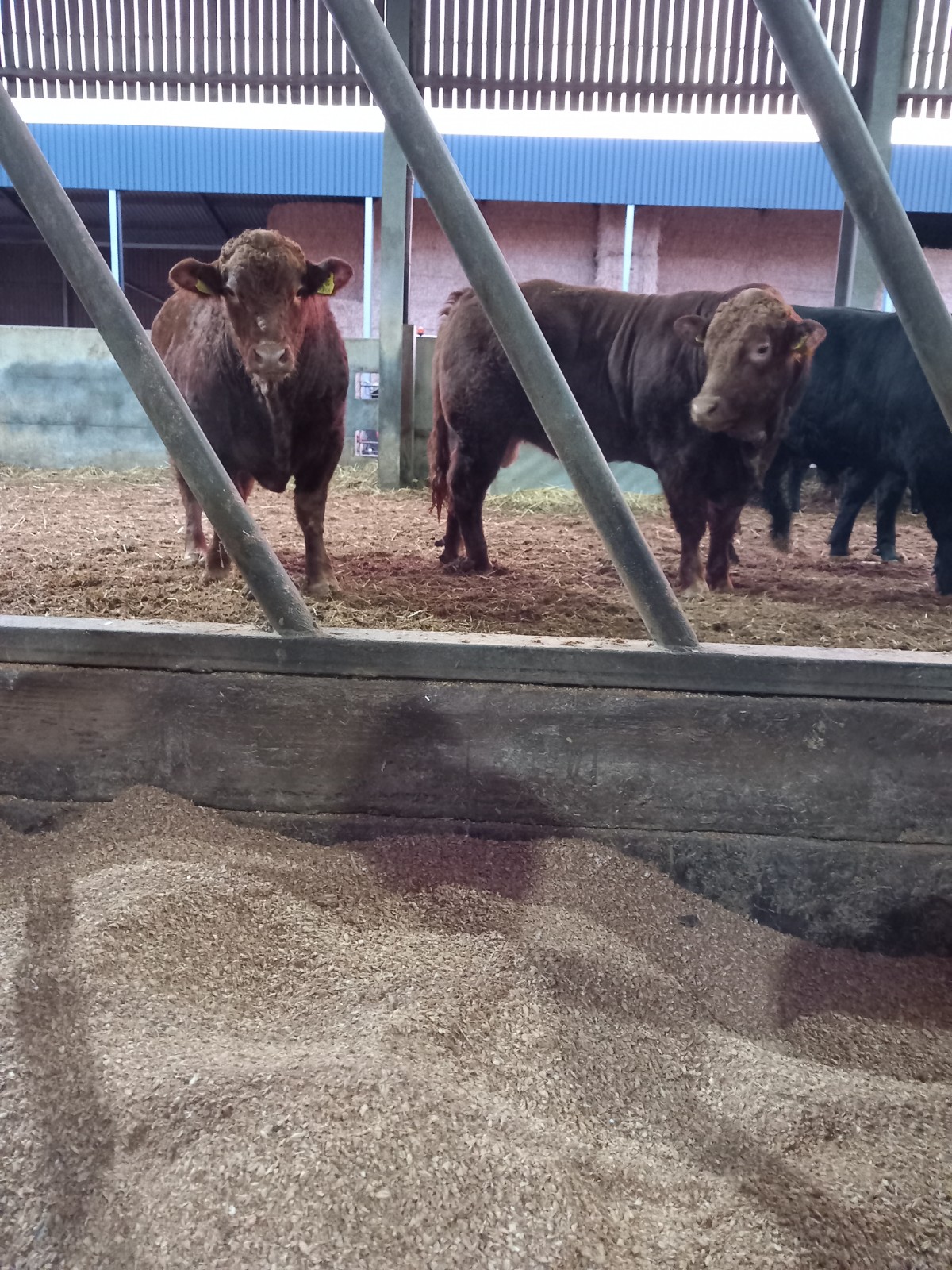
- Cereal Availability: Cereal intake for a 500kg animal can be up to 11kg/day = 31t/month for 100 finishing cattle. Treatment of cereal with a urea + enzyme-based product reduces the risk of acidosis in finishing cattle by increasing pH and also increases the crude protein content of grain. See the FAS guide for treatment of grain to ruminants for more information.
- Feed Space: Sufficient housing and feed space should be available in order to maximise intakes. Cattle require at least280mm/head trough space in an ad lib system.
- Straw: Additional straw or another high fibre forage must make up at least 12% of dry matter intake (DMI) in order to maintain rumen health in an ad lib cereal system.
- Other Feed Requirements: The ration may also need to be supplemented with an additional source of protein depending on the protein content of grain. The addition of molasses may also be preferable to aid palatability, provide digestible sugars and reduce dust.
- Labour, Fuel & Bedding: Due to the housing of cattle, additional costs of labour, fuel, electricity and bedding must also be considered.
Required lifetime daily liveweight gain depending on target slaughter age

Selling Store
If there is insufficient forage, housing and cereal available on farm to meet the requirements for weight gain of finishing cattle it may be the best option to sell stock as store through live auction or privately off farm. Store calves are typically sold at point of weaning (6 months) or can be sold as ‘forward stores’ closer to the point of finish. The bigger store sales are in the Autumn, but sales will also occur throughout the year at most markets. Selling as store will ease grazing and feed pressure on farm to allow a greater feed allocation for other stock such as sucklers and youngstock.

Produced on behalf of the Farm Advisory Service (FAS) by:
Lorna Shaw – Ruminant Nutritionist
SAC Consulting, Sandpiper House, Ruthvenfield Road, Inveralmond Industrial Estate, Perth, PH1 3EE
Related Resources
Sign up to the FAS newsletter
Receive updates on news, events and publications from Scotland’s Farm Advisory Service

